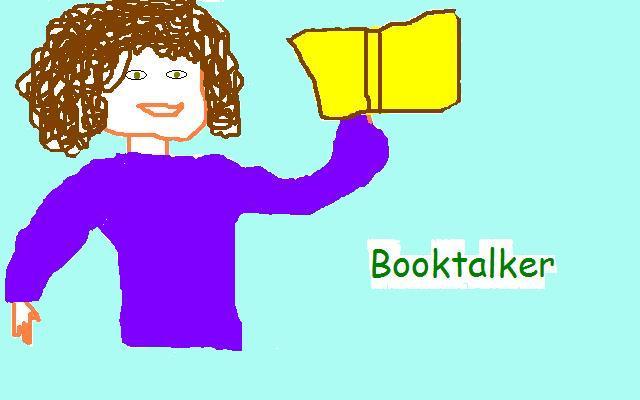|
Click on the book to read
Amazon reviews
|
There is a marvelous solid material
found in nature that is also produced by humans and is very
useful in our daily lives. Can you guess what this material is?
It is glass. You are wondering how nature makes glass.
Volcanoes, lightning, and meteorites can create glass. These
events, where enough heat is generated to melt sand or rock can
create glass. The glass that is made by someone or by
machine has many practical uses. Think of how you come across
glass every day. There are mirrors, food and drinks stored in
glass containers, light bulbs, windows in cars and homes and
buildings. Without glass, we would not have televisions,
computers, or cell phones since the screens for these objects
are made of glass. Think of how valuable glass is in
science and technology. Test tubes and flasks used in science
laboratories are made of glass. Astronomical telescopes which
use special types of curved mirrors allow us to learn more about
the universe. You know that glass is breakable, but glass
can be made incredibly strong. The front wall of a really big
public aquarium is frequently made of very sturdy, thick glass.
In the future, glass could have some surprising uses. Do you
know that scientists are developing an astonishing mirror that
can assess the health of the person who is in front of it? Read
this interesting book and find out why there are mirrors in the
moon and how Earth has been making glass for billions of years.
(May Harn Liu, may@mailbox.sc.edu, librarian)
|
